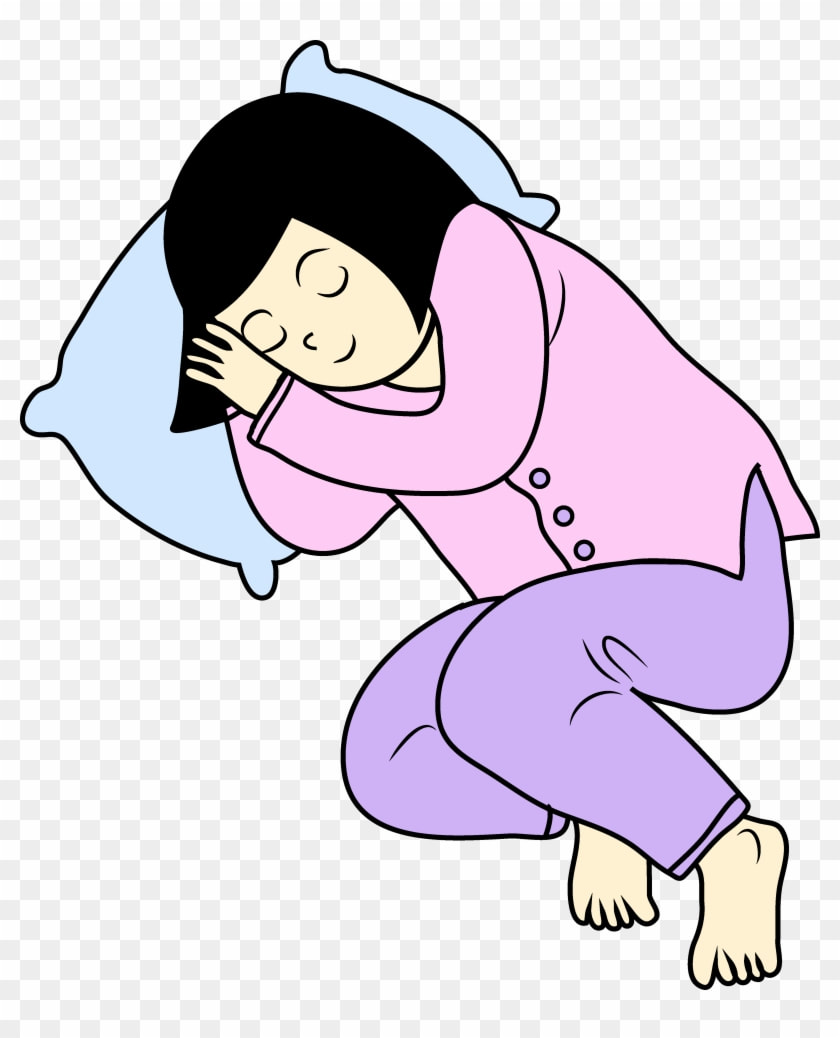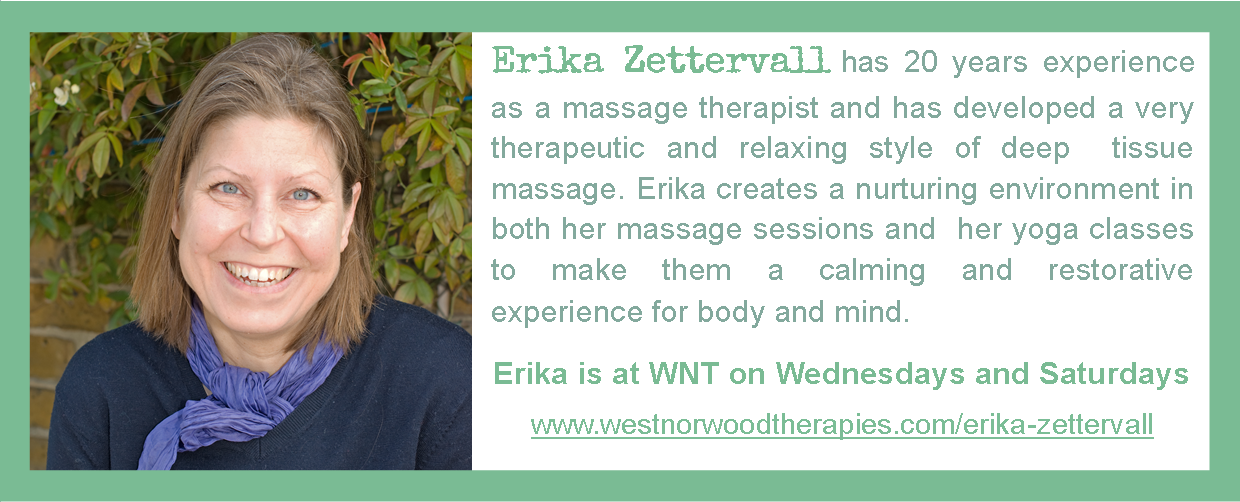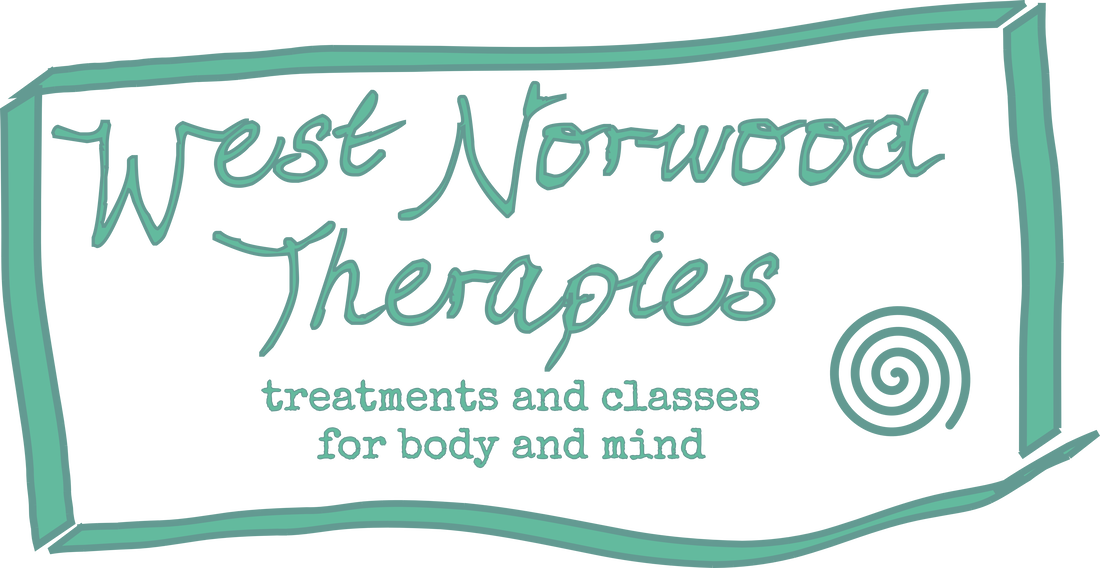|
Massage therapist Erika Zettervall explores what a good night's sleep can do for us and how this can be a challenge for many. In this interesting blog she share some helpful techniques for preparing and helping yourself get a quality night's sleep A great part of our lifetime is spend sleeping - almost 1/3 provided we get 7-8 hours of it per night. We all know how good sleep is essential for maintaining health and good mood. Sleep plays crucial role in maintaining the nervous system in general and the brain in particular. This week leading up to the vernal equinox marks “World sleep day” highlighting the importance of good sleep. Plenty advice will be published and many top tips for our sweet dreams. Unfortunately, it’s not just what we know or how to do something that makes the difference but what we do with it. Implementing good routines and breaking habits might require a bit of effort but well worth it if the result is sweet sleep. Recently I was chatting with one of my neighbours when mentioning I sleep really well, she made the comment “ability to sleep is like a super power”. That’s crazy, that it would be so unattainable, but my guess it’s like that for many and not being able to switch to sleep is torturous. Yet all that is required is to lay down close your eyes, relax and drift off into sweet slumber. Falling asleep is remembering a sweet safe place and let go. I have not always had this ease with sleep and have experienced periods of insomnia and disturbing dreaming. Sleep is an elixir for our health and must be important otherwise we might have evolved out of it as it is a quite a vulnerable state. That could explain the division between night owls and early birds. Somebody need to be awake to keep watch. In English we say fall asleep, implying a letting go. We also use the term dropping off, when going to sleep, indicating a motion of fall and that is often how it feels in the mind. Relinquishing control, we trust we will wake up again (on time), that we can safely drop into the unknown, where the subconscious can and will make itself heard and seen in the form of dreams. I find dreaming fascinating, it can help you understand yourself. Dreams can also be very intense, loud, vivid, frightening and disruptive. To ease and begin to understand deeper parts of myself I was encouraged to practice directing the dreams. When becoming aware of dreaming without actually waking up, called lucid dreaming, see if the scene could be changed. I was also encouraged to go back to dreams when waking up. Just dropping back into the dream and create a different outcome, softening and calming the mind and reducing nightmares. Create bedtime routines of preparing for sleep a bit like a plane coming into landing. Slow down and take care of the physical space and body. Set an alarm or reminder an hour or so before bed time to prompt preparing for bed and what needs to be in place for the following day, so that you can actually go to bed when you had intended to be in bed. Allow for some time to settle into bed before lights out. Regulate the intake of stimulants such as food (big meal near bedtime and type of food such spice and garlic), drinks (alcohol, coffee) and visual stimulus such as movie/television/or social media. Read in black and white or give the eyes a rest or listen to an audio book. Treat your bed and bedroom with respect and as the place for rest. Simple things such as making your bed every day and caring for sheets and bedding. Crisp clean sheet is a simple luxury and gesture to the importance of sleep. Invest in good quality and look after it, you spend a many hours in bed after all. Keeping a set bedtime but also keeping a wake up time, some say this is more important than regular bedtime to cultivate good regular sleep. Sleeping in, is not great for establishing healthy sleep or for making up lost hours of sleep. We humans like a rhythm and respond well to it. Soften sensory input from sound and light. Some sounds are hard to regulate when living in a crowded city where people’s life goes on in close proximity. Softening can be achieved in form of textiles, insulation and white noise, like a fan. When we think of light Black out curtains might be good, but if there is a small gap the light gets focused cutting though like laser beam through the room, so softening by a fabric or shutter that create shaded light. For the content baby or pet or human for that matter this does not matter they have the ability to just switch off and fall sleep. Not disturbed by noise or light. To switch off we need to relax and that takes practice. Perhaps it shouldn’t be that way. Tiredness and lack of sleep is very common and instead of rest we often end up with a false relaxation, getting stuck watching television or searching the internet, still feeding sensory input through our eyes and stimulating the brain. If the mind is playing tricks and it’s hard to relax try to soothe it. Breathing equally 6s in 6s out coming into an optimal rhythm for heart and brain. To this add colour going though the alphabet backwards. Colour almost rainbow but going red, orange, yellow, green, sky blue, dark blue, violet, purple, black night sky with stars and then clear light. Big letters tuning small. Big red A turning small, big orange B turning small and so on. For best quality of sleep you need to breath through your nose. Snoring is not just disrupting to your bedroom companion is also disruptive to the snorer. The struggle to get oxygen into the system will wake you repeatedly. There is a simple solution to this. Just put a latch on your mouth encouraging the nasal solution when looking for air. The latch - small piece of tape. I thought it absolutely mad when I first heard of it, but a month later I am kind of hooked. I do waking up a lot clearer in mind than I used to, no brain fog and no trips to the loo in the night. Happy sleeping zzzzzzzzzzzzzzz
0 Comments
Leave a Reply. |
AuthorBlogs from the WNT team. For our blogs from before June 2020 please see individual profile pages - it's a good way to get to know practitioners too. Archives
June 2024
Categories
All
|
|
Visit us - by appointment only please - in the office block in the Access Self Storage premises at 443 Norwood Road, London, SE27 9DQ
[email protected] Phone - please contact practitioners directly, or if not in a rush you can leave a message for us to call you back at 07931876931. |


 RSS Feed
RSS Feed
